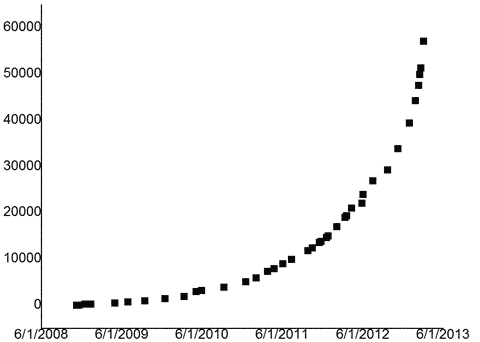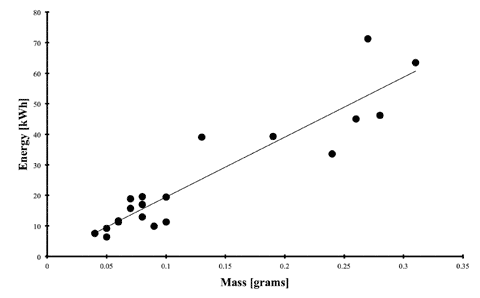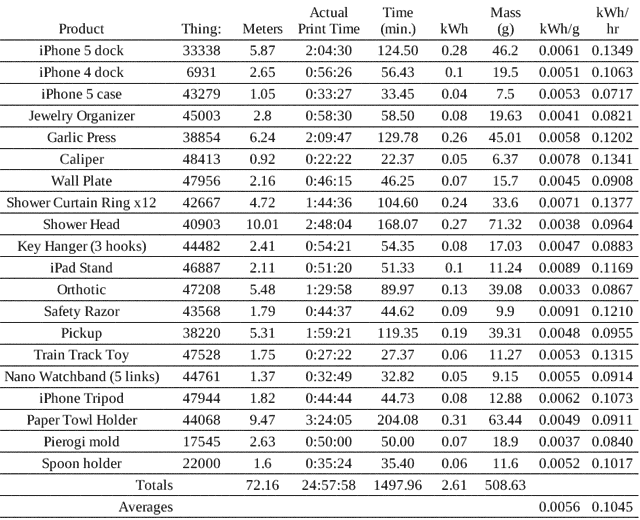Home 3D printer pays off in 1 year

57% of parts for manufacturing RepRap can be printed on the same printer.
Many cannot figure out what exactly they will print on a 3D printer if purchased. But after a purchase, people usually don’t have such a question, the job for the printer is by itself: these are various pens, clips, toys, coasters, cases, vases, rings, straps, and other details. Just go to the MakeXYZ or Thingiverse website to broaden your horizons.
According to the calculations of economists from Michigan Technological University, home 3D-printer provides a return on investment of 40% to 200% and saves the household between $ 300 and $ 2,000 per year.
The calculation is called “extremely conservative” and is based on the assumption that for the whole year the 3D printer printed only 20 parts from more than 60,000 objects in the Thingiverse repository (see the list of details below).
Number of objects to print in the Thingiverse repository as a function of time

. The cost of plastic and electricity is taken into account.
Cost of energy per gram of product A

cheap open-source printer like RepRap pays off in the US household for a period of four months to two years. RepRap is a relatively simple model that prints using the layered direction method (FDM) and can use different types of plastic.
The calculation results are shown in the tables. The first table shows the print characteristics, the number of the object in the Thingiverse catalog, the print time, the amount of electricity and plastic spent.

The second table compares the cost of manufacturing a part on a 3D printer, including the cost of electricity and plastic, with its retail cost.

The authors of the study expect the rapid growth of “distributed production of goods” using 3D printing technology, the spread of this technology in most households and the transition to consumption, taking into account the life cycle of goods. Side effects are the growth of the cottage development market and the return of the popularity of the engineering profession, scientists say. In their opinion, it is too early to talk about the "third industrial revolution", but a significant transformation of economic models is inevitable.
